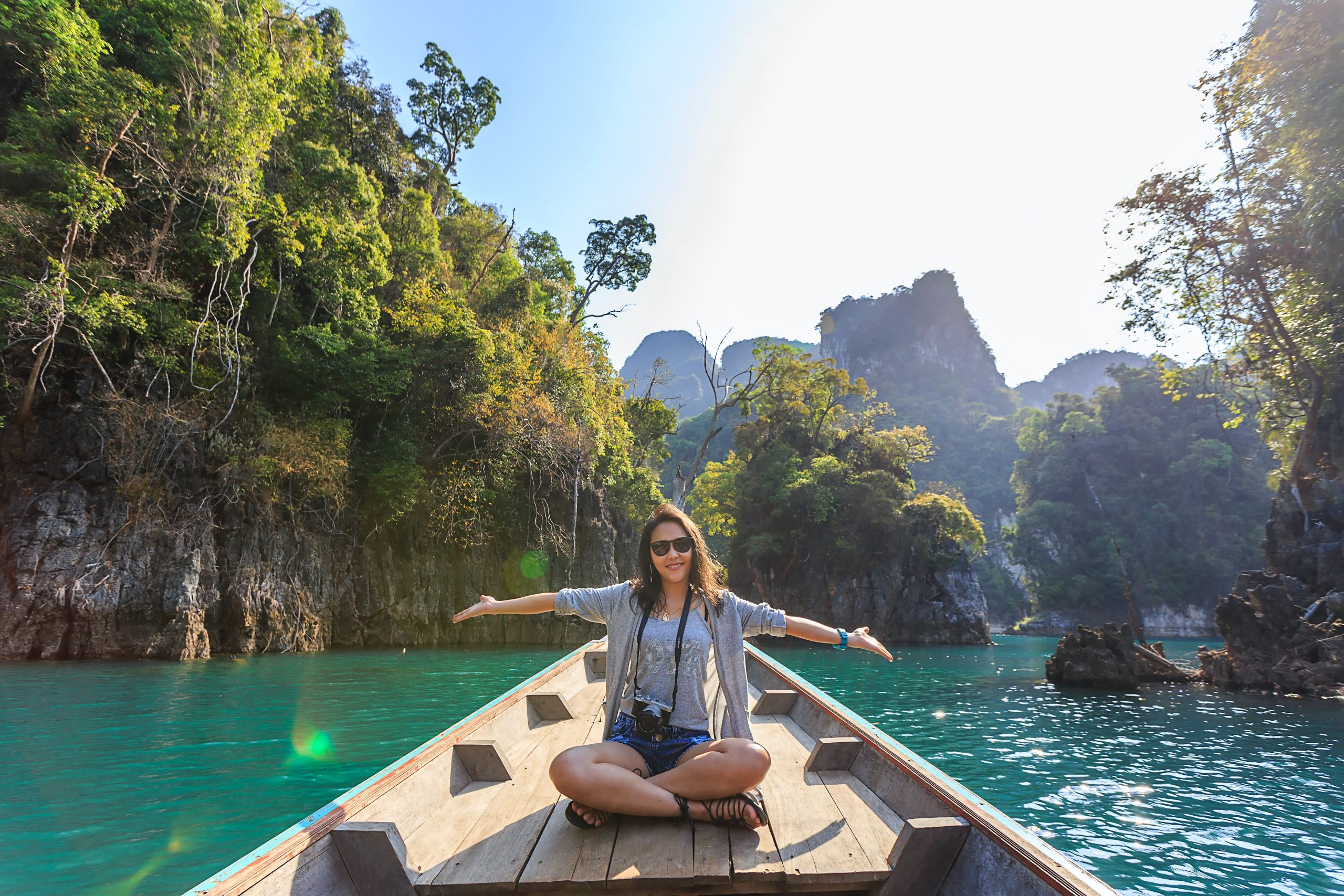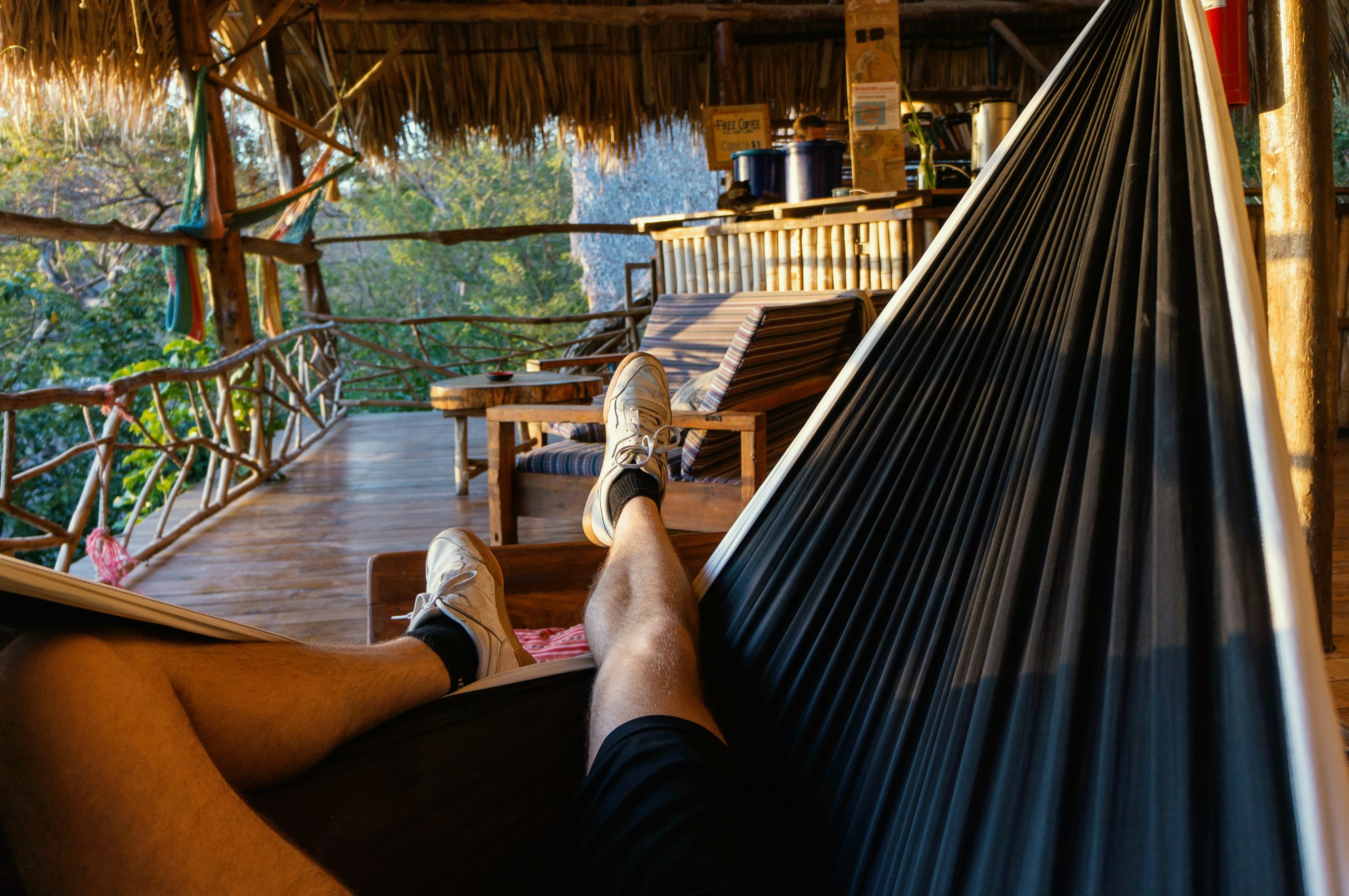
The influence of social media on the choice of tourist destinations
Recognizing the undeniable role of social media in shaping our travel plans is as evident as acknowledging that the sun is always shining. In the interconnected world we live in, it has become natural to turn to these digital platforms in search of inspiration, recommendations, and a glimpse into the experiences of other travelers. However, the real extent of social media’s impact on our travel decisions remains a fascinating and enigmatic topic. While it’s no secret that social media plays a significant role in vacation itinerary planning, the true magnitude of its influence remains a captivating mystery waiting to be unraveled.
According to a Morning Consult report, 92% of Generation Z users in the United States use social media, with 54% of them spending at least four hours a day on these platforms. Furthermore, Gen Zers stated that they spend more time interacting with their peers per week, on average, through video games (65%) than in school (64%) or at work (51%).
These numbers highlight the omnipresence of social media in the daily lives of young people, and this reality directly impacts their travel decisions.
A fascinating example of social media’s influence on the choice of tourist destinations can be observed in the HBO series “White Lotus.” According to an article from Travel + Leisure, after the release of this series, there was a significant increase in demand for stays at the White Lotus hotel, located in the Four Seasons Maui in Wailea.
Viewers were captivated by the beautiful landscapes and luxurious experiences depicted in the series, which led them to seek out that same experience in real life.
In fact, an article from Travel Research Online reveals that 52% of travelers decide to visit a particular destination after seeing images or videos shared by friends, family, or close acquaintances on social media. Additionally, 60% of travelers share photos on social media while they are on their trip, with an impressive 97% of Millennials doing so.
Another interesting aspect is the impact of social media on accommodation decision-making. According to the same article, over 50% of hotels have booking options on their Facebook pages, and 53% of travelers avoid booking hotels without social media reviews.
On the other hand, travelers enjoy sharing their experiences on social media. Around 38% of Americans use social media to blog about their travels, and over 72% post photos of their vacations. Upon returning, 76% of travelers follow Facebook pages related to their destination, and 46% post reviews of activities and attractions, while 40% write reviews of hotels and restaurants.
In conclusion, social media has transformed the way people choose their tourist destinations. The data shows that younger generations are highly engaged on these platforms and dedicate a significant amount of time interacting with them.
Examples like the impact of the series “White Lotus” on the choice of a specific hotel demonstrate the persuasive power of social media. The travel industry has responded to this trend, recognizing the key role of social media in travelers’ decision-making process. As we move forward in the digital era, it is important for tourist destinations and businesses in the sector to understand and harness the potential of social media to effectively reach travelers.



